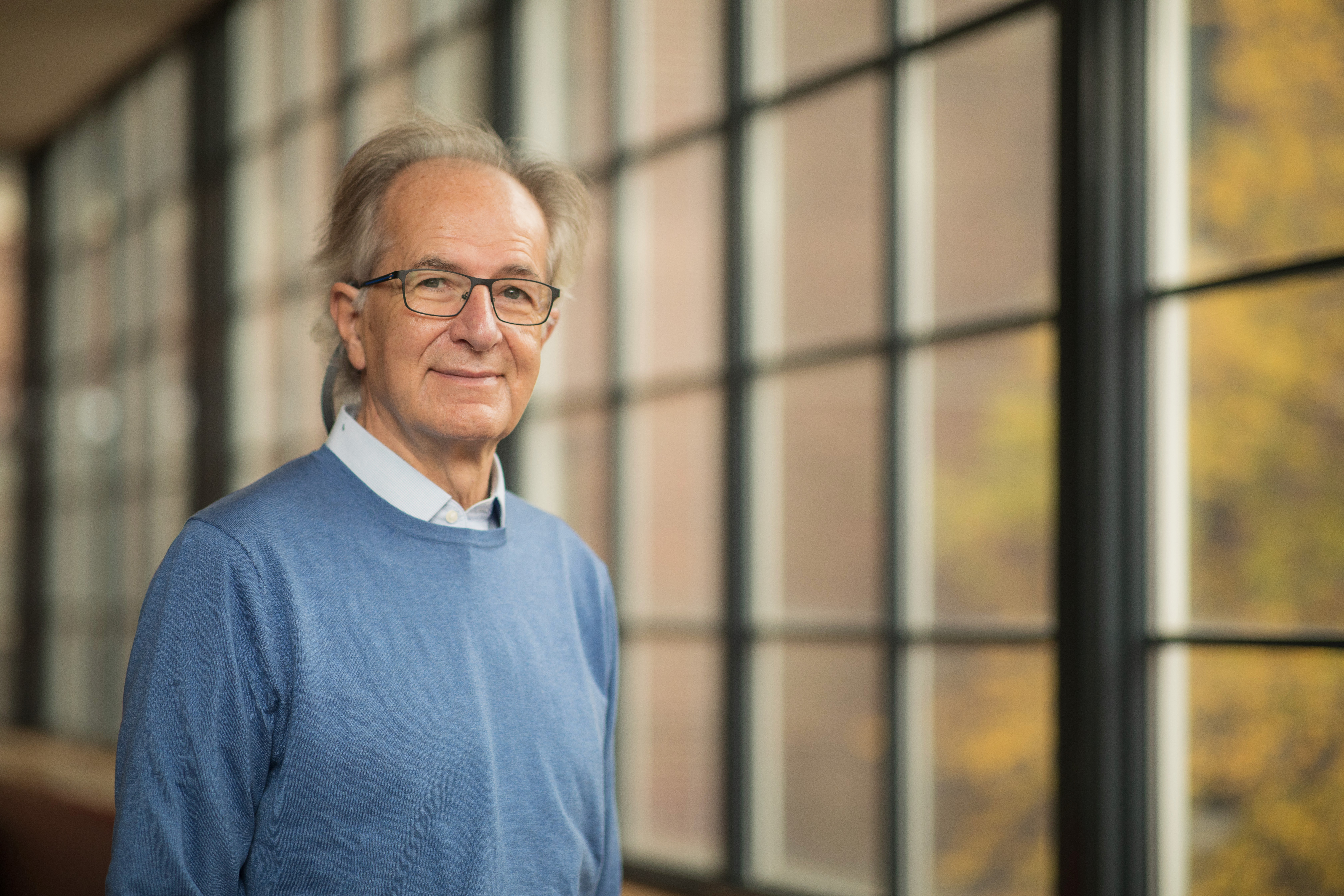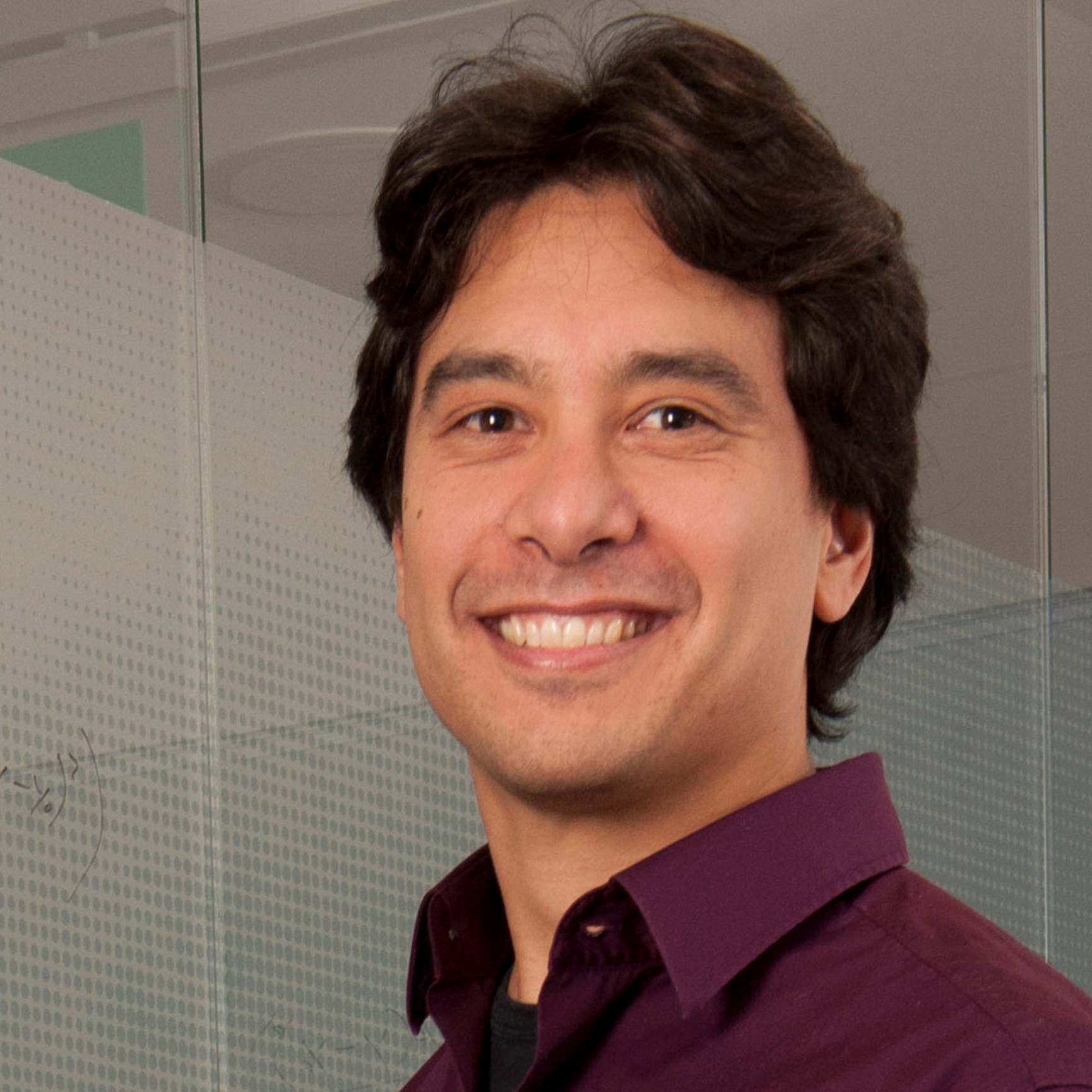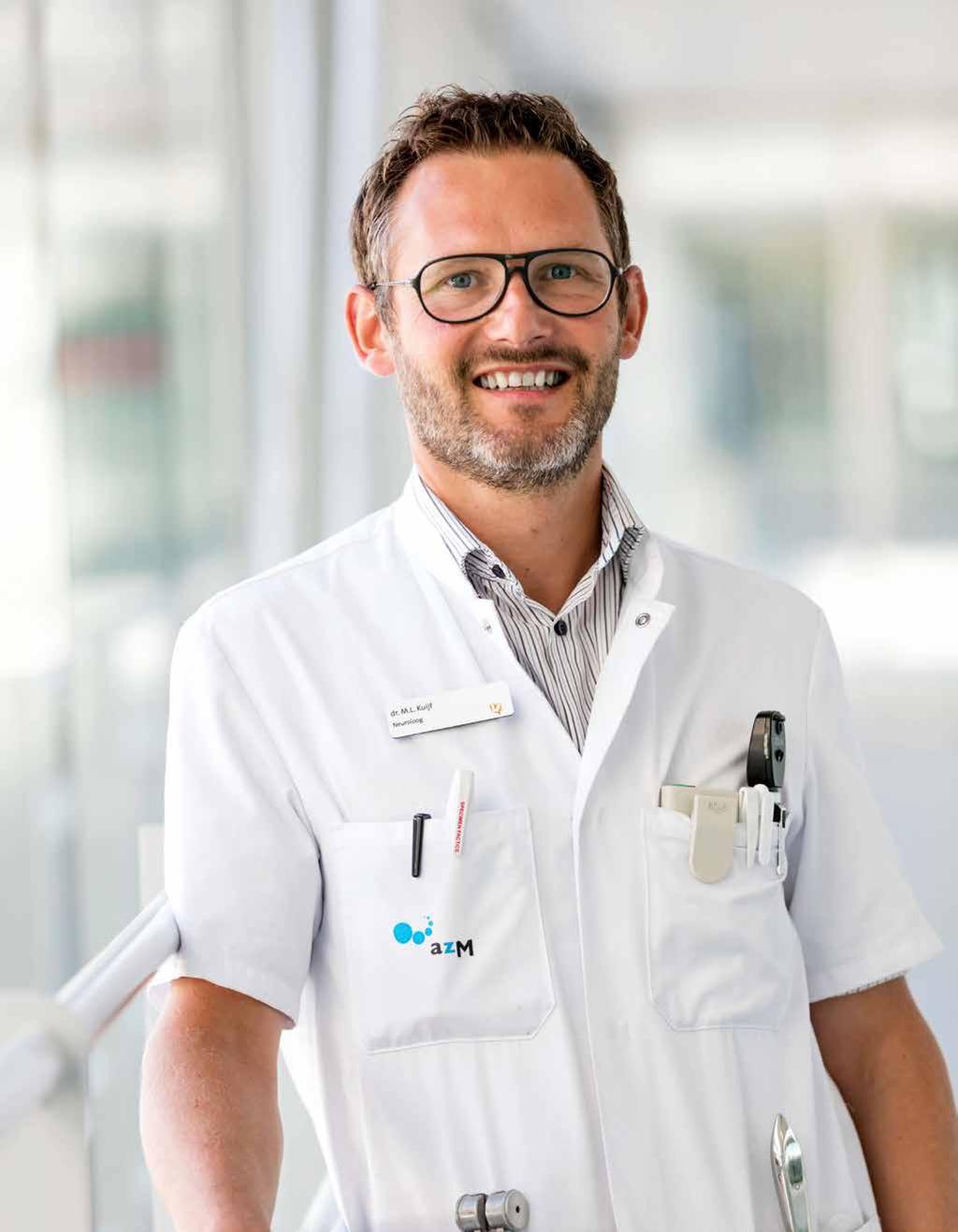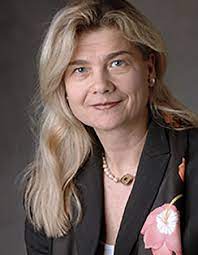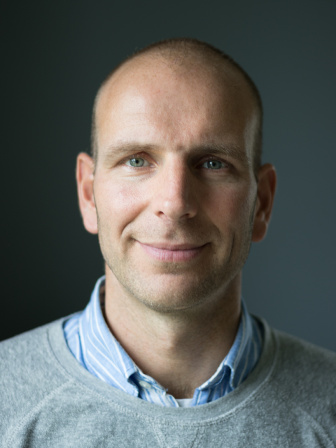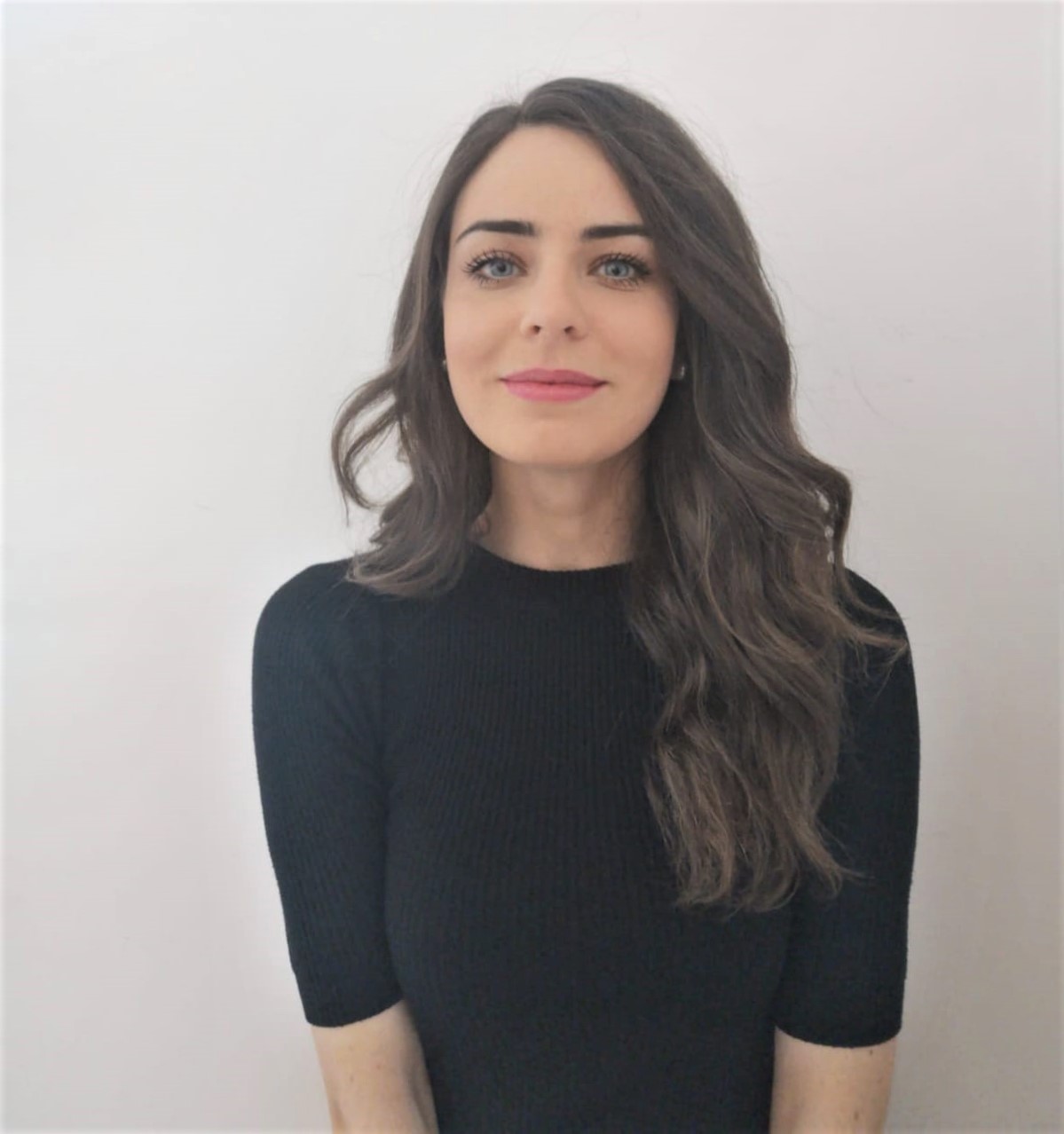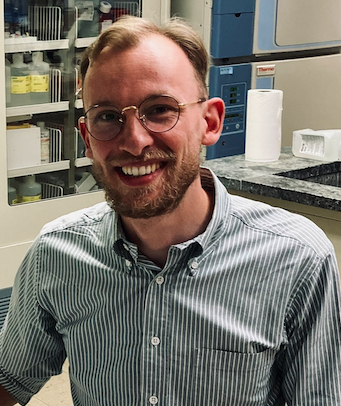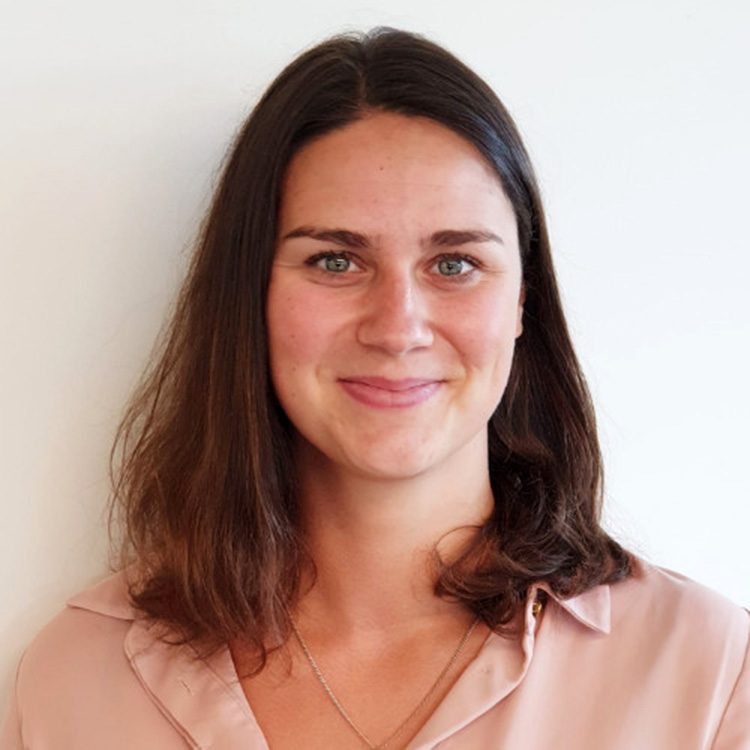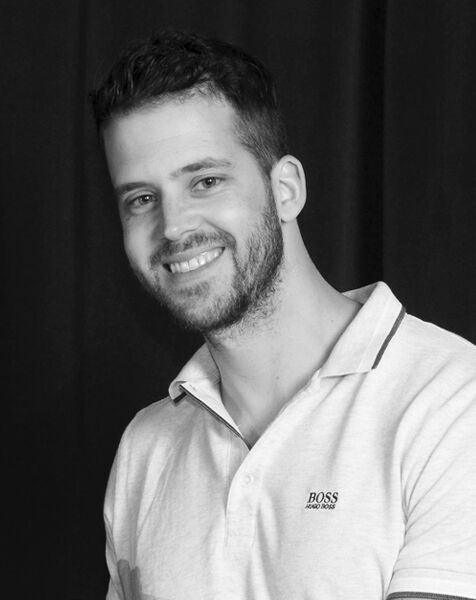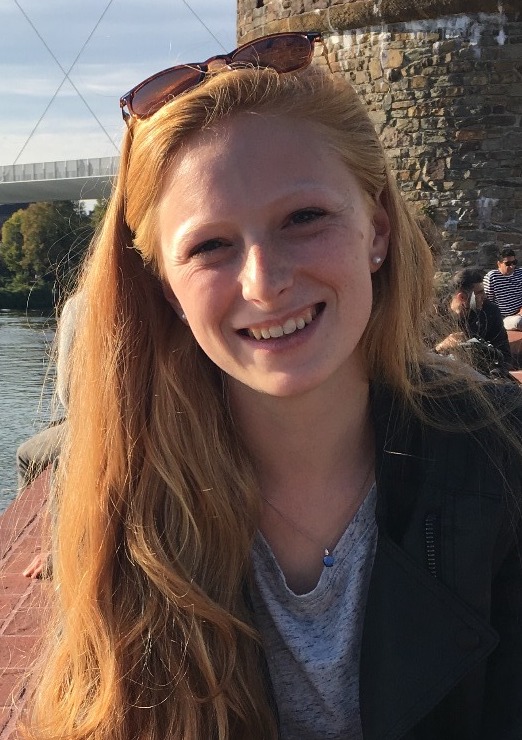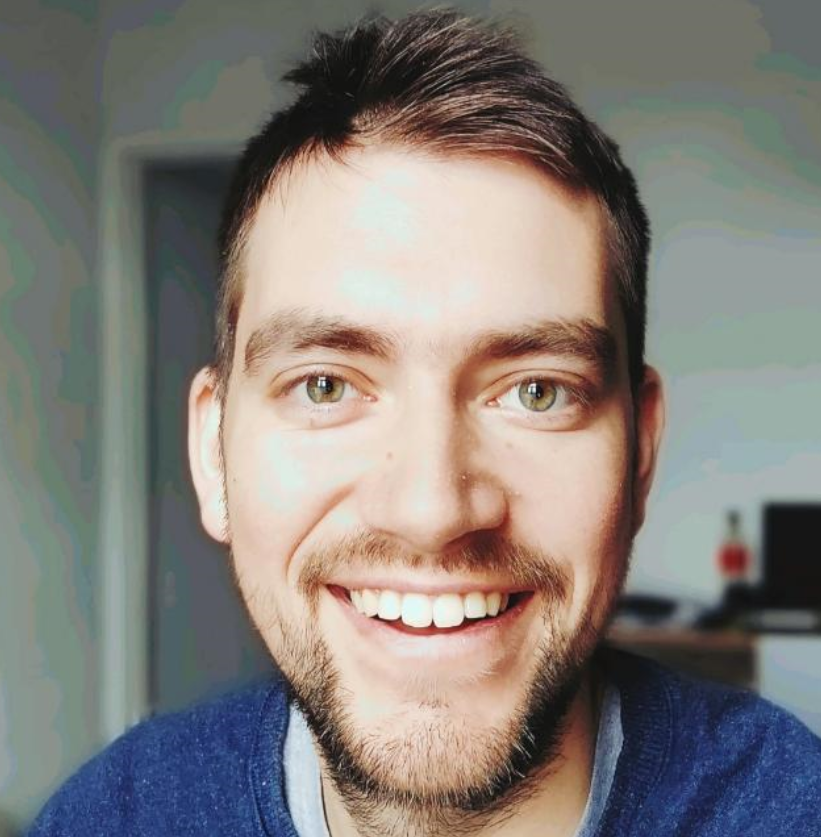Speakers
09.45 - 10.30 Kamil Ugurbil
Professor Kamil Ugurbil holds the McKnight Presidential Endowed Chair Professorship and is the founding Director of the Center for Magnetic Resonance Research (CMRR) at the University of Minnesota. He holds degrees in physics, and chemical physics, and in 1982 he was recruited to the University of Minnesota where his research in magnetic resonance led to the evolution of his laboratory into an interdepartmental and interdisciplinary research center, the CMRR. The CMRR now houses the world’s first 10.5T scanner, the currently highest magnetic field used on humans. Prof. Ugurbil’s primary research focus has been the development and application of MR methods and instrumentation towards obtaining high spatiotemporal resolution and high accuracy functional and anatomical information in the human brain, and the development of ultra-high magnetic fields for human imaging for biomedical research. This work has culminated in pioneering accomplishments, such as the co-introduction of functional brain imaging (fMRI), the introduction and development of ultra-high magnetic fields, functional mapping of columnar and layer specific functional responses in the human brain, highly accelerated functional brain imaging, and MR spectroscopy for studies of metabolism in vivo. He was one of the two PI’s of the Human Connectome Project and member of the first BRAIN Initiative working group. Prof. Ugurbil was recognized by several prestigious awards and honors.
10.30 - 11.00 Serge Dumoulin
Dr. Serge Dumoulin is the director of the Spinoza Centre for Neuroimaging in Amsterdam and holds a number of distinguished positions in the field of neuroscience. He is a full professor of Perception, Cognition, and Neuroscience at the department of Experimental Psychology of Utrecht University and at the department of Experimental and Applied Psychology of VU University Amsterdam in the Netherlands. As the head of the Spinoza Centre which houses Amsterdam’s 7T MRI scanner, he oversees this joint research center between the Royal Netherlands Academy of Sciences, VU University Amsterdam, and the Amsterdam University Medical Center. He also serves as the group leader for the section Computational Cognitive Neuroscience and Neuroimaging of the Netherlands Institute for Neuroscience. In his work Prof Dumoulin uses various neuroimaging techniques, including 7T fMRI. His extensive experience and contributions to the field of neuroscience have earned him a distinguished reputation and international recognition as an expert in the areas of computational cognitive neuroscience and neuroimaging.
11.30 - 12.00 Mark Kuijf
M. L. Kuijf is a practicing neurologist and movement disorders specialist at the Maastricht University Medical Center with a research interest on interventional treatments, disease monitoring and ultrahigh field imaging. He was trained as neurologist at the Erasmus Medical Center (Rotterdam) in The Netherlands. After his PhD thesis (on Guillain-Barré syndrome, 2009), he specialized in movement disorders and treatment with botulinum toxin and deep brain stimulation (DBS). His research is embedded in the School for Mental Health and Neuroscience, Fac. Health, Medicine and Life Sciences at Maastricht University and involves various research lines in Parkinson’s disease. His research focuses on treatment and understanding of non-motor symptoms and improvement strategies for DBS. Ultrahigh field 7T MRI imaging has become a major research tool for his research as principal investigator for a large longitudinal observational 7T MRI study in patients with Parkinson’s disease (TRACK-PD).
12.00 - 12.45 Jutta Ellermann
Dr. Jutta Ellermann is a distinguished radiologist and expert in musculoskeletal imaging, specializing in the advancement of ultrahigh field MRI and Juvenile Osteochondritis Dissecans (JOCD). She graduated from medical school in 1980 at the Charité Hospital, Humboldt University in Berlin. Dr. Ellermann holds two board certifications: one in Internal Medicine from Humboldt University, Charité, and another in Diagnostic Radiology from the American Board of Radiology, with fellowship training in musculoskeletal radiology. She is a practicing radiologist at the University of Minnesota's Department of Radiology and holds the position of full Professor with tenure. She is the Director of Orthopedic Imaging Research at the Department of Radiology/CMRR.
Dr. Ellermann's leadership in research in combination with her clinical practice as MSK radiologist has significantly impacted the understanding of JOCD and has been instrumental in pioneering the clinical application of 7 Tesla MRI. Her achievements have earned international recognition, which includes numerous invited talks, publications, and prestigious roles such as principal investigator for NIH-funded grants. Dr. Ellermann's interdisciplinary expertise and unwavering dedication to her field have opened doors to various opportunities, including presentations at major conferences and an upcoming invited professorship at the esteemed Mayo Clinic.
12.00 - 12.45 Pieter Emans
Pieter Emans is an orthopaedic surgeon at Maastricht UMC+ and specialized in arthroscopic surgery and prosthetics of the knee and shoulder. He finished his PhD in 2007. This PhD focused on Cartilage biology, exploring the possibility to generate cartilage at an ectopical site and repair cartilage defects with this approach. This work received the Goran Bauer grant of the Nordic Orthopaedic Federation (NOF) and a ling lasting grant (LLP 14) of the Dutch Arthritis Society (Reumafonds). After completing his medical specialization, he did a Lars Peterson fellowship in knee surgery and cartilage repair in the US (Boston, Chicago, San Diego, and LA). Pieter is chair of the orthopaedic clinical trial center and involved in start-up companies Chondropeptix and Avalanche Medical. In collaboration with both fundamental researchers as well as industrial partners, Pieter aims to build (and participate in) an ecosystem in which findings from the fundamental molecular field, the field materials science, and imaging/tooling are translated into novel joint-preserving therapies. These therapies not only exist of the foreseen novel drugs, implants, and surgical techniques but also the tools to administer these treatments as well as the collaborations and data registration/evaluation to evaluate these innovations. In the past, this aim is supported by major received competitive funding from national and international organizations. In total the personal sum industry and non-industry was > 5M euro.
Pitches:
Alessandra Pizzuti
Alessandra Pizzuti is a PhD student at the Department of Cognitive Neuroscience at Maastricht University. Currently, she is also part of the "European School of Network Neuroscience'' project (https://www.eusnn.eu/projects/13 ). Her research uses ultra-high field fMRI at 7T to study living human brains at a mesoscale, focusing on functionally-defined cortical layers and columns in the early visual areas. She is also developing post-processing methods to quantitatively assess the role of such mesoscopic features.
Mathijs de Rijk
Mathijs de Rijk is a postdoctoral researcher in the urology department within the school for mental health and neuroscience (MHeNs). His research aims to unravel bi-directional interaction between the central nervous system and the lower urinary tract utilizing different methodological approaches. Using high-field fMRI he studies how specific brain stem areas interact with each other during sensory processing of lower urinary tract signals.
Chaira Serrarens
Chaira Serrarens is a PhD student at the Department of Psychiatry and Neuropsychology at Maastricht University. Her work is focused on investigating cognitive and psychopathological profiles, and neurobiological mechanisms in unique populations at genetic high risk for psychiatric disorders and learning disabilities, including individuals with the 22q11.2 copy number variant disorder and Triple X syndrome. For this purpose, she uses neuropsychological tests, psychiatric interviews and several innovative neuroimaging techniques, including ultra-high field 7T structural MRI, functional MRI, diffusion tensor imaging and 1H magnetic resonance spectroscopy.
Pablo Mallaroni
Pablo Mallaroni is a PhD candidate with the Department of Neuropsychology and Psychopharmacology at Maastricht University. Looking to demystify psychedelia for clinical use, his research is focused on investigating the acute effects of serotonergic hallucinogens (psilocybin, MDMA, 2C-B, ayahuasca). By performing pharmaco-imaging trials to investigate their influence on resting state functional networks, neurocognition and metabolomics, his intent is to generate and classify novel biomarkers of their effects for harm reduction and personalised medicine. To this end, he uses ultra-high field 7T structural and functional MRI as well as 1H magnetic resonance spectroscopy.
Marloes Peters
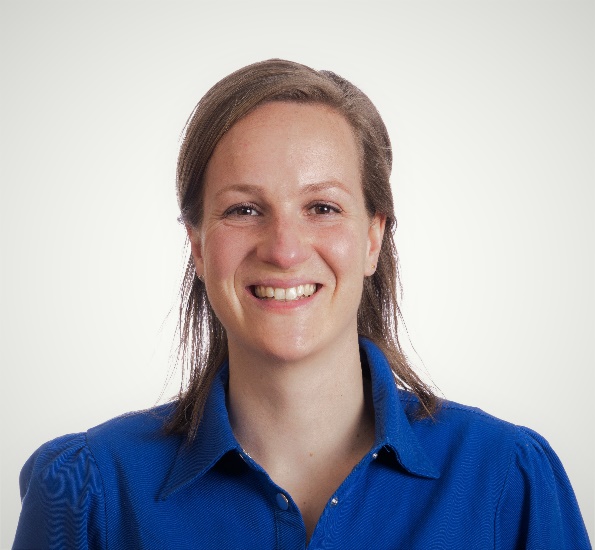
Marloes Peters is a postdoctoral researcher at the Department of Orthopedic Surgery (FHML, CAPRHI) and a scientist at Scannexus. Her research focuses on high-field imaging of the musculoskeletal system, in particular of patients suffering from knee osteoarthritis. The increased magnetic field strength of 7T MRI allows for quantification of the biochemical composition of cartilage, which is a measure of cartilage quality. Sequences have been developed to follow-up cartilage quality in patients, animals and ex vivo samples, which allows for the evaluation of new cartilage repair treatments at different levels of readiness to accelerate treatment development.
Cas Fuchs
Dr. Cas Fuchs is a postdoctoral researcher at the Department of Human Biology at Maastricht University. His research mainly focuses on carbohydrate and protein metabolism, with muscle and liver being organs of interest. One main focus of his research is in the area of post-exercise recovery and adaptation. Furthermore, he is also keenly interested in how exercise and/or nutrition influences body composition. For his research, Cas mainly applies techniques such as stable isotope tracer methodology & Magnetic Resonance Imaging/Spectroscopy.
Lonike Faes
Lonike Faes is a PhD student at the Department for Cognitive Neuroscience at Maastricht University. Her work is focused on investigating predictive processes in the human auditory cortex. She aims to understand how predictable and unpredictable stimuli are processed in the brain. Specifically, she is interested in the laminar pattern of information exchange related to prediction- and error signals between areas across the cortical hierarchy. For this research, she uses ultra-high field 7T functional MRI data at submillimeter resolution.
Daniel Uher
After studying biomedical technology (Bc.) in the Czech republic, Daniel followed-up on that with Biomedical engineering (MSc.) in Finland. Currently, he is a part of the multidisciplinary EpiUltra team here in Maastricht where he looks at the value and utility of ultra-high field MRI in focal epilepsy patients. As such, he closely collaborates with Scannexus and acquires images at the 7T and also moving towards the first 9.4T in-vivo scans of human focal epilepsy patients.
10 years of High Field Imaging at Maastricht Campus
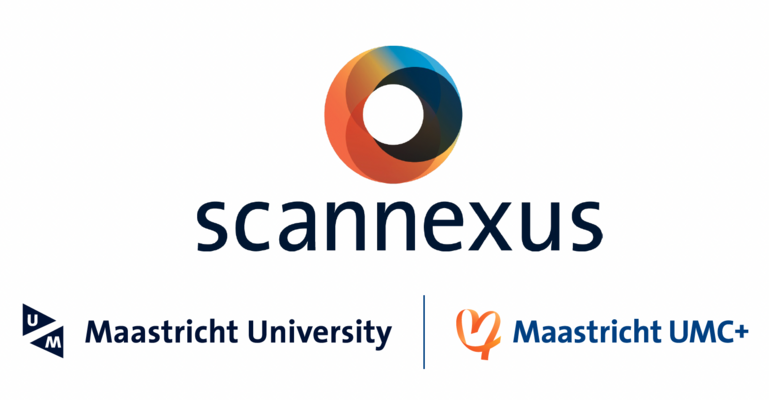 Registration website for 10 years of High Field Imaging at Maastricht Campus
Registration website for 10 years of High Field Imaging at Maastricht CampusScannexussecr.euron@maastrichtuniversity.nl
Scannexussecr.euron@maastrichtuniversity.nlhttps://www.aanmelder.nl/10yearshighfieldimaging
2023-06-29
2023-06-29
OfflineEventAttendanceMode
EventScheduled
10 years of High Field Imaging at Maastricht Campus10 years of High Field Imaging at Maastricht Campus0.00EUROnlineOnly2019-01-01T00:00:00Z
Maastricht University (Blauwe zaal: K0.402; opposite to Maastricht University Library Randwyck)Maastricht University (Blauwe zaal: K0.402; opposite to Maastricht University Library Randwyck)Universiteitssingel 50 6211 LK Maastricht Netherlands

